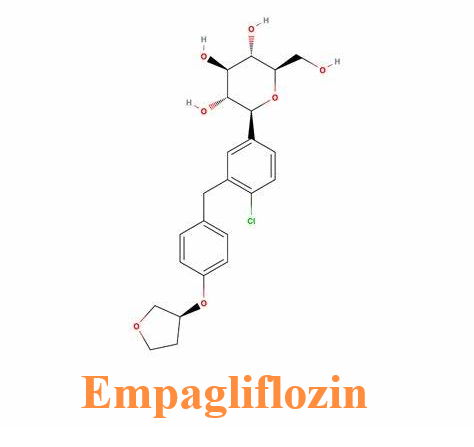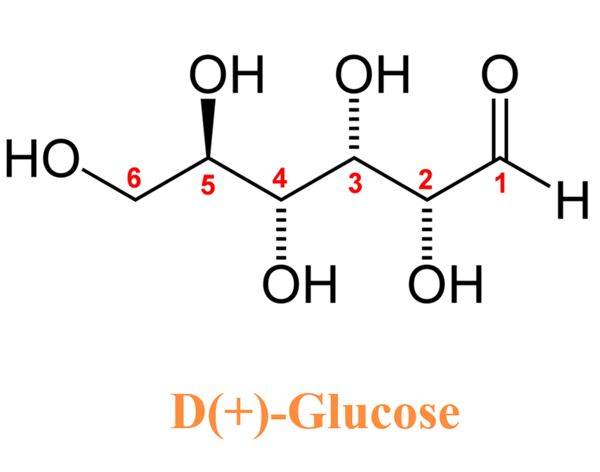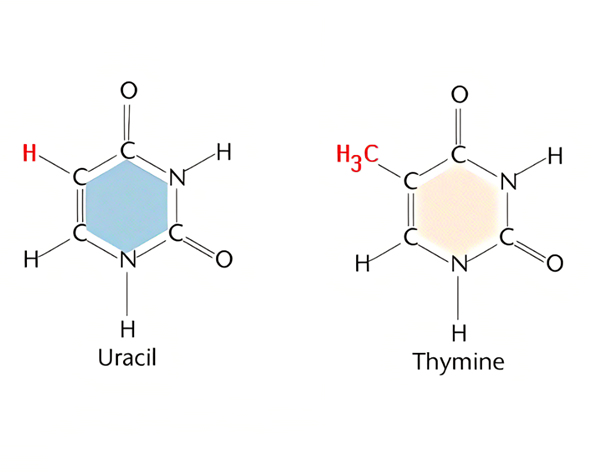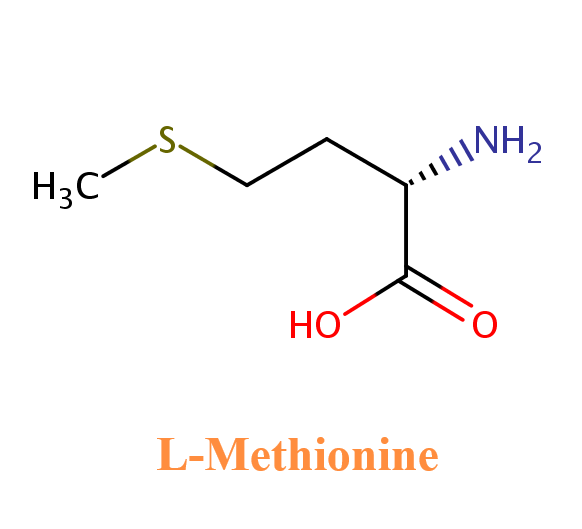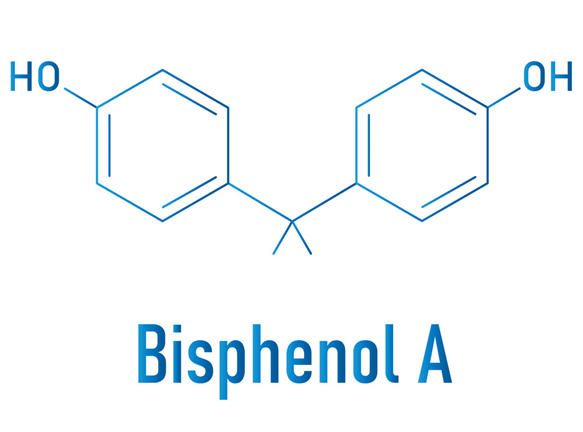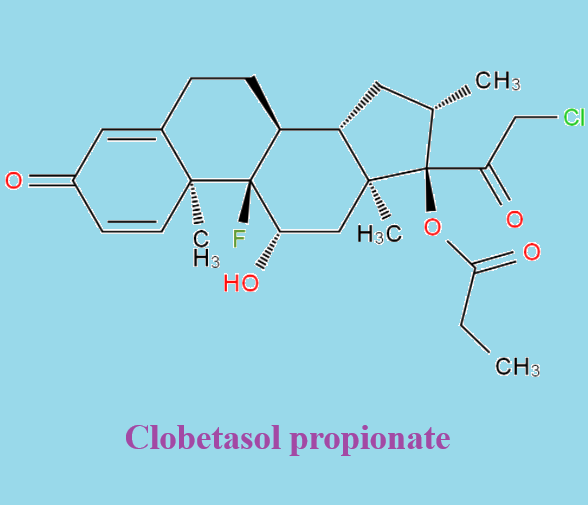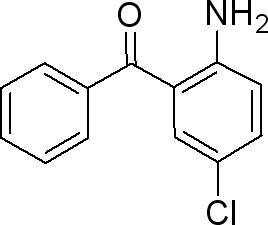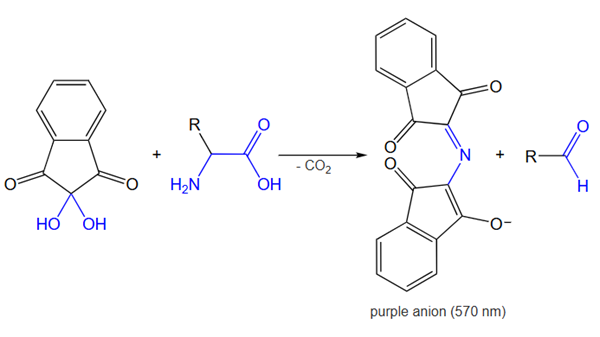Liraglutide: Indications, Mechanism of Action, Precautions and Side Effects
Liraglutide, a long-acting cardioprotective glucagon-like peptide (GLP)-1 analogue, was approved in 2017 for the treatment of type 2 diabetes, contributing to medical weight loss and glycaemic control
Dec 16,2024 DrugsWhich is better in the treatment of heart failure, Empagliflozin or Dapagliflozin?
Empagliflozin is a drug approved for the treatment of type 2 diabetes in adults.
Dec 16,2024 DrugsApplication of D(+)-Glucose in various fields
D(+)-Glucose is a monosaccharide belonging to the group of carbohydrates, a very important biological compound that makes up the cells of animals, plants, fungi and protozoa.
Dec 16,2024 APIMolecular structure differences between Uracil and thymine
Uracil (U) and thymine (T) are both nitrogenous bases in the genetic information of genes and play an important role in the structure and function of nucleic acids (DNA and RNA).
Dec 16,2024 APIL-Methionine: Benefits, Dosage and Safety
L-Methionine is an essential sulphur-containing amino acid that is critical for many cellular functions, including protein synthesis and cellular metabolism.
Dec 16,2024 Amino Acids and ProteinsWhat are the effects of Bisphenol A and its alternatives on human health?
Bisphenol A (BPA) is a synthetic oestrogen that is used in large quantities in the global plastics industry in the production of polycarbonate plastics and epoxy resins.
Dec 16,2024 APIWhich is better, Clobetasol propionate lotion or cream for moderate to severe plaque-type psoriasis?
Clobetasol propionate is a topical steroid drug with anti-inflammatory, antipruritic, vasoconstrictive and immunomodulatory properties.
Dec 16,2024 APIUnveiling the Marvels of 2-Amino-5-chlorobenzophenone
This review aims to provide a thorough understanding of 2-Amino-5-chlorobenzophenone(ACBP), highlighting both its current uses and future potential.
Dec 16,2024 APIThe efficacy and safety of 2% clindamycin phosphate vaginal gel in the treatment of bacterial vaginosis (BV)
2% Clindamycin Phosphate Vaginal Gel is a thermosetting bioadhesive formulation containing 2% clindamycin phosphate.
Dec 16,2024 APINinhydrin hydrate Reaction and Mechanism
Ninhydrin, also known as Ninhydrin hydrate, is a chemical used to detect potential fingerprints on porous surfaces such as paper and cardboard.
Dec 16,2024 API




